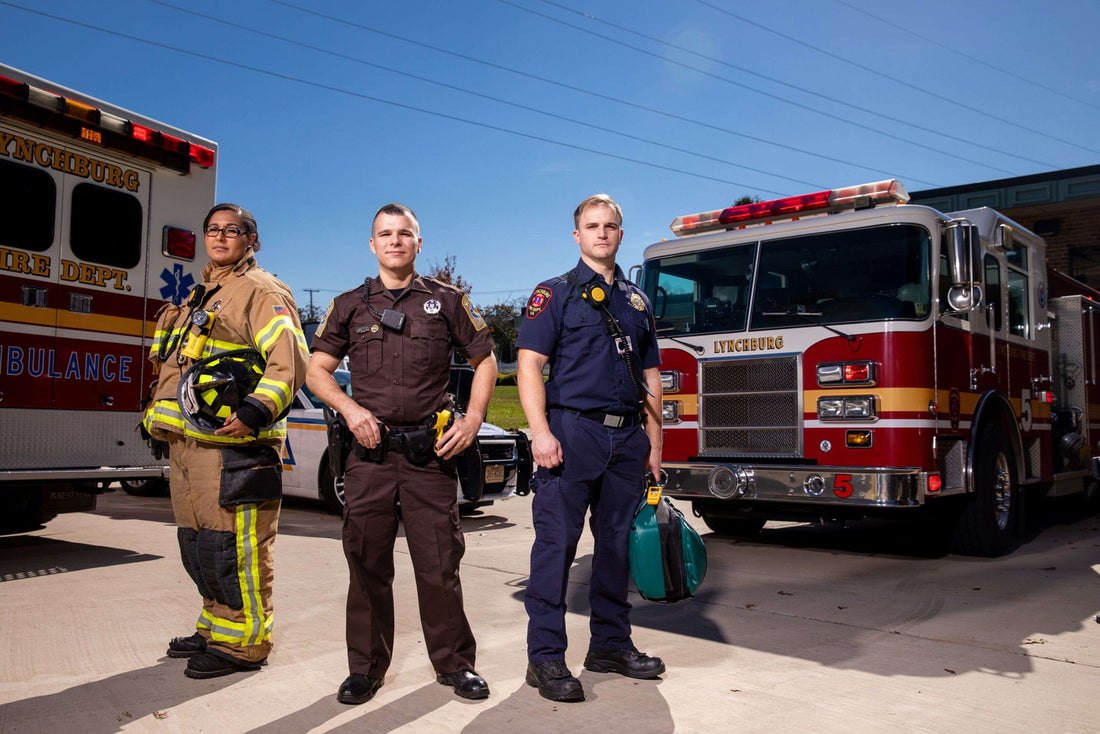More than simply a piece of jewelry, a medical ID bracelet may perhaps save your life. But the information you put on a medical ID bracelet determines how useful it is to first responders.
Since prescriptions might change often, first responders believe that the most important information to put on a medical alert ID is allergies and medical conditions. Because prescriptions change more frequently, having a list in your wallet is more beneficial to the medical care team.
Does Wearing a Medical ID Improve Patient Results?
More than 95% of respondents to the poll concur that medical alert jewelry can enhance patient outcomes. How? Several ways:
- Shorten the duration of the time from incident to treatment
- Improve treatment precision
- Decrease ER visits and hospital admissions
- Facilitate avoiding pointless testing
- Lower incident's overall cost
"Medical ID jewelry can serve as an excellent diagnostic tool...In order to give the best possible patient care, we must use these medical alert(s) as a supplement to our assessments.
-EMT-P Michael Dodd
Does Wearing Medical Alert Jewelry Aid in Treatment Acceleration?
Despite the fact that every circumstance is unique, 87% of medical professionals surveyed concur that medical alert jewelry helps hasten the healing process. Wearing a personalized, easily recognizable medical alert gives EMTs quick access to vital information, which could hasten diagnosis and save the amount of time it takes for you to obtain the proper care.
Are USB Medical IDs Used by Emergency Medical Services?
Clearly, the answer in this case is no. EMTs and hospital staff agreed that they NEVER use patient flash drives or USB medical IDs to access patient information.
"I will not use a USB or website outside of my agency for HIPAA reasons."
-EMT
Although the idea is widely accepted, the majority of ambulance and hospital systems do not allow the use of external flash drives because of regulatory limitations (such as laws governing the privacy of patient information and technology) and security concerns to their own systems. In addition, paramedics claim that they simply lack the time to go the extra mile.
“Generally speaking, EMS does not have the time or resources to check on electronic medical IDs that are stored on USB drives or other devices.”
- Emma
Do First Responders Actually Look at Medical ID Jewelry?
What Types of Medical Alert Jewelry Are Most Effective?
More than 80% of respondents concurred that medical alert bracelets and necklaces with bespoke engraving, making them truly specific to the wearer, are the most effective.
Having a medical alert ID that is specifically imprinted with your identification, key medical information, and emergency contacts is essential, even though various medical professionals will have different viewpoints, needs, and priorities depending on the situation.
Contact information for emergencies
Finally, first responders advise adding a contact number for ICE (in case of emergency) on your medical ID jewelry. Children and those suffering from dementia or other cognitive impairments should pay special attention to this information, but everyone in a crisis scenario can benefit.
On your medical ID bracelet, engrave the initials "ICE" to indicate what the phone number is for. If at all feasible, pick a contact who has the authority to make medical choices for you. A healthcare proxy is a person like this.
How Can a Medical ID Bracelet Be Obtained?
You don't need a prescription or a doctor's approval to buy and wear medical ID jewelry; anyone may get one with custom engraving. Nevertheless, a prescription might help you get the cost of a medical ID bracelet covered by your health insurance.
Shop our site–Beaded Daisy today and customize your unique medical alert jewelry to keep you safe and stylish.

